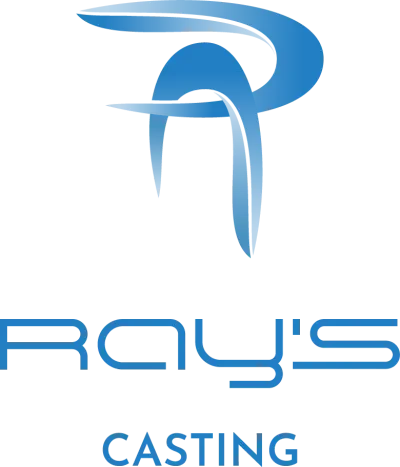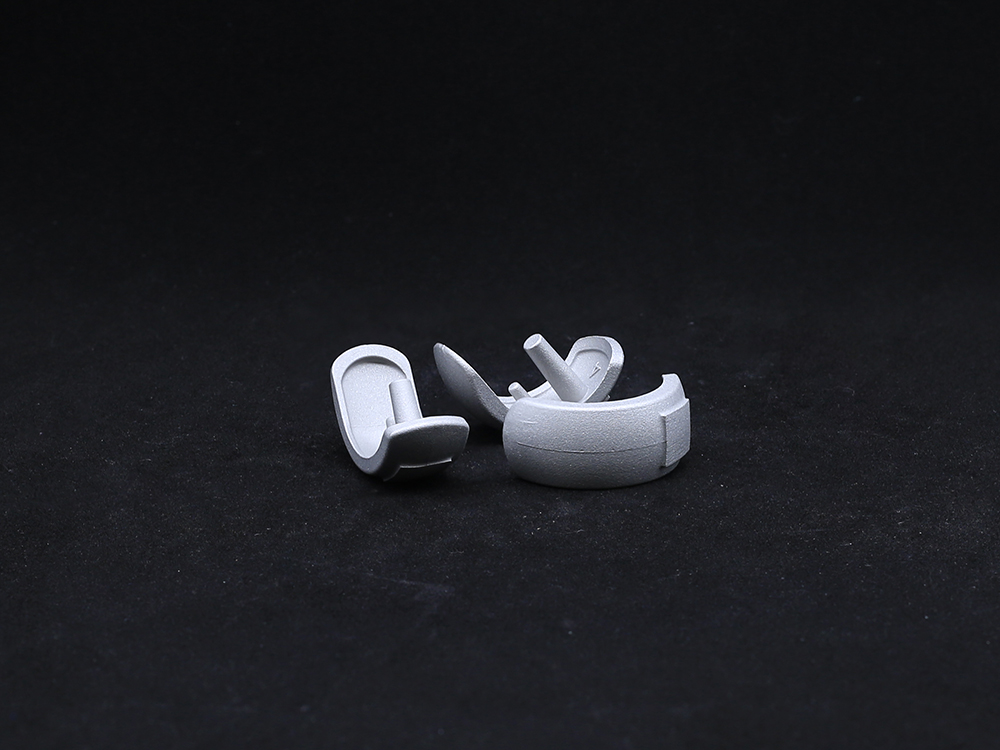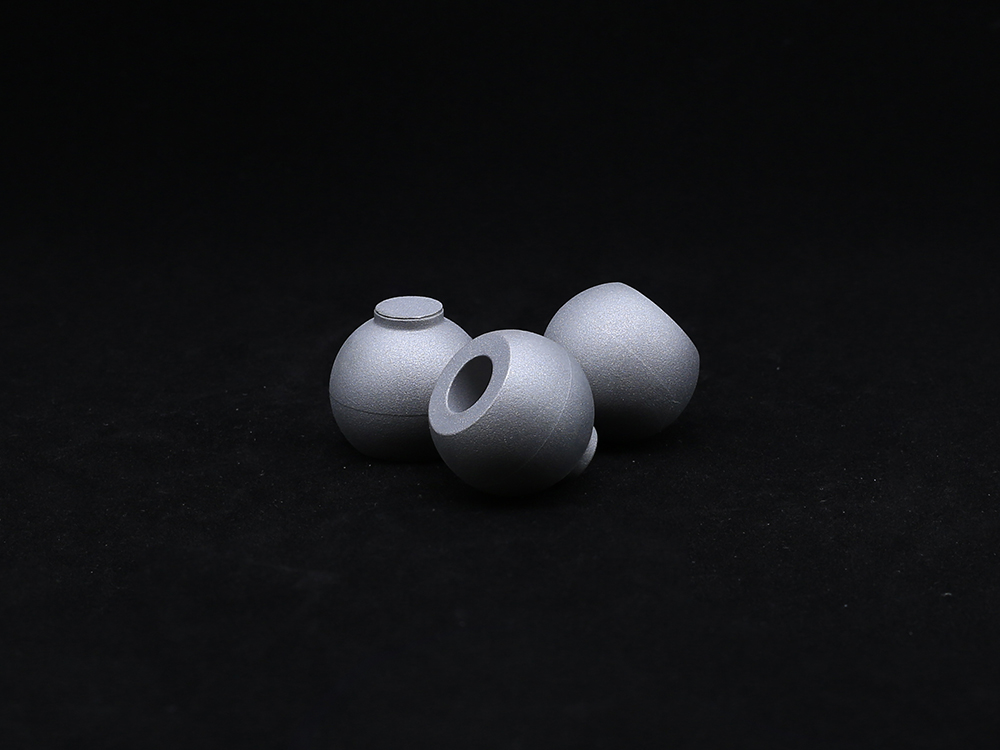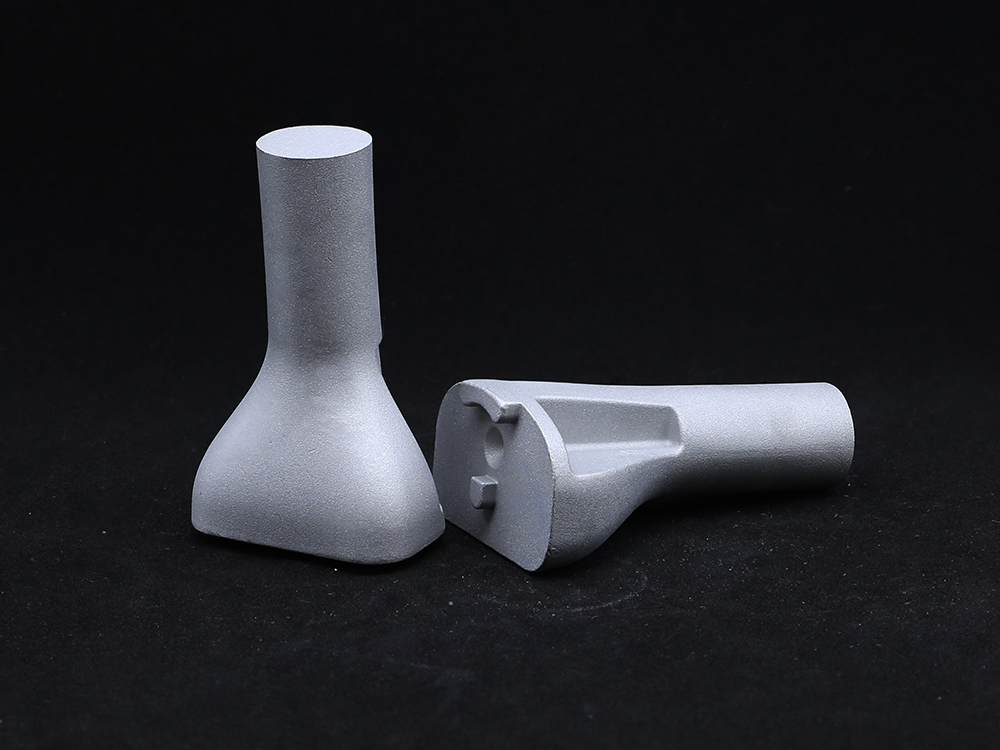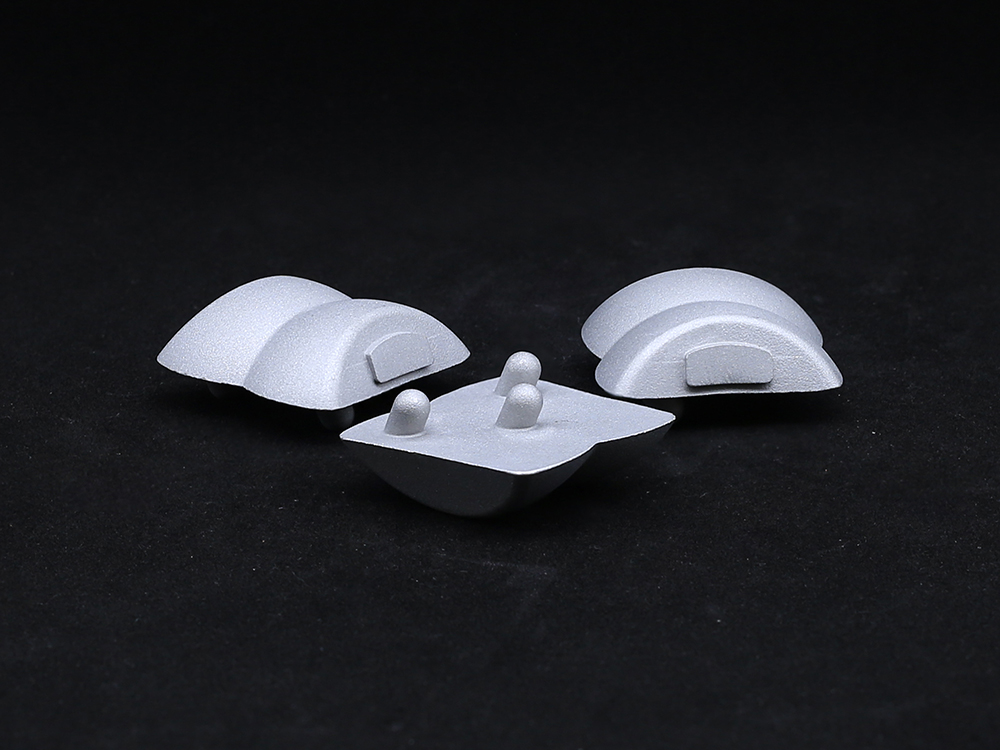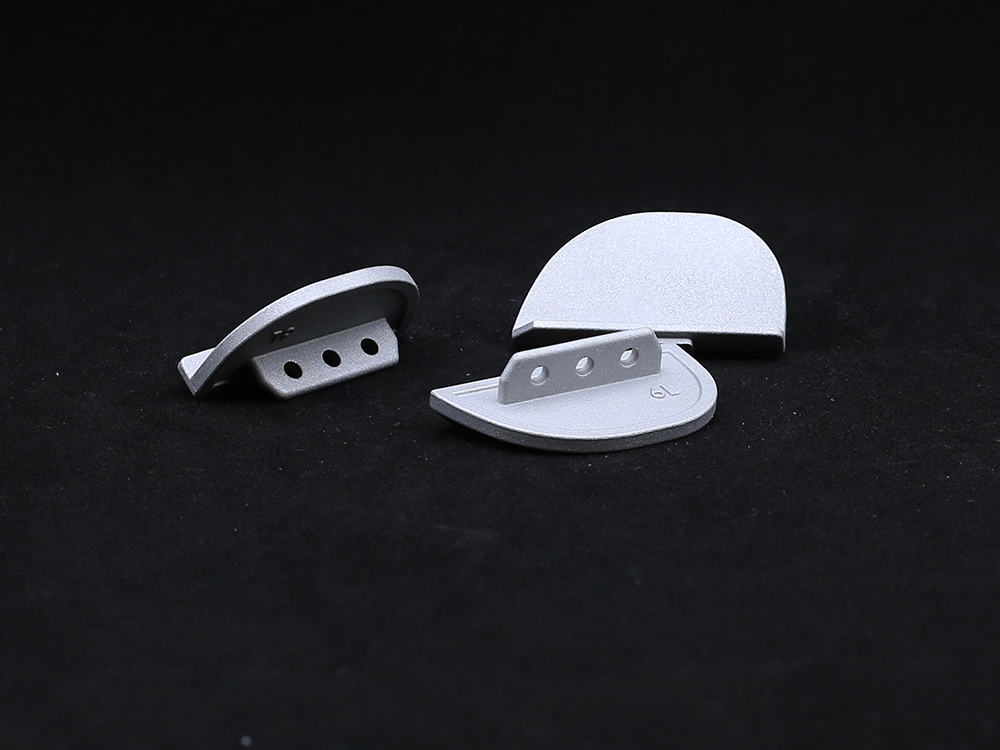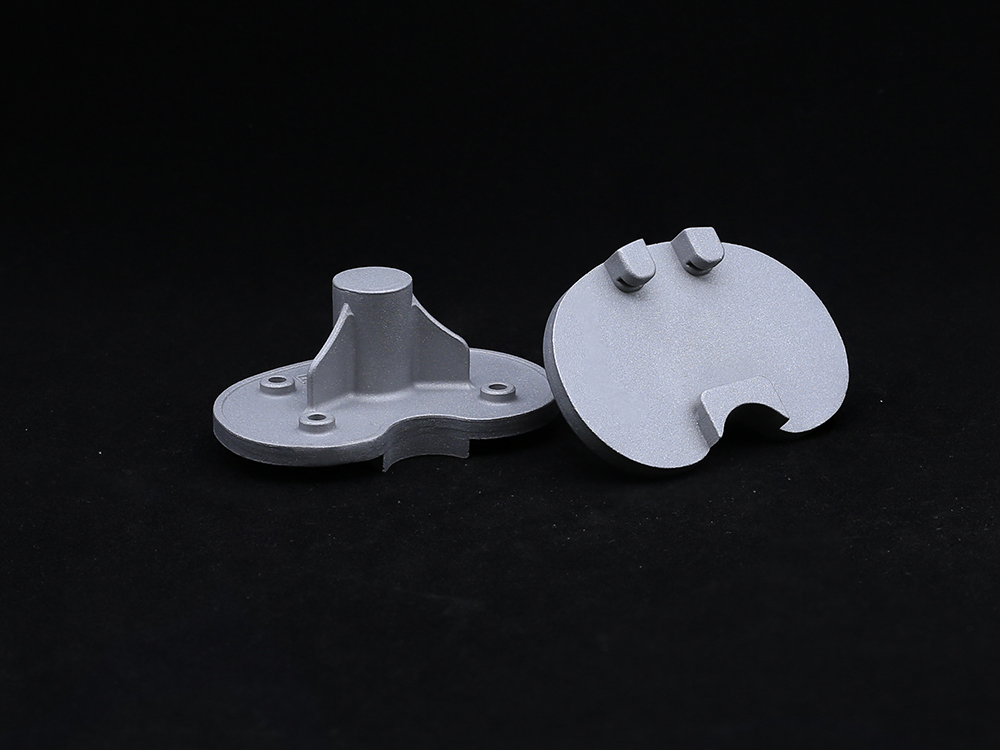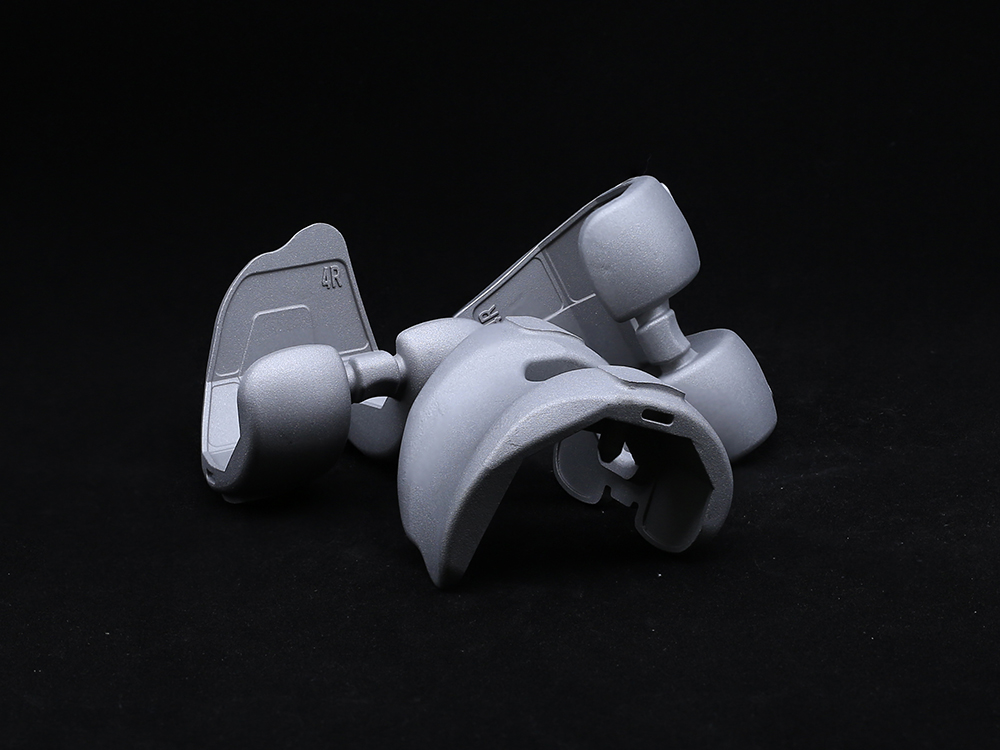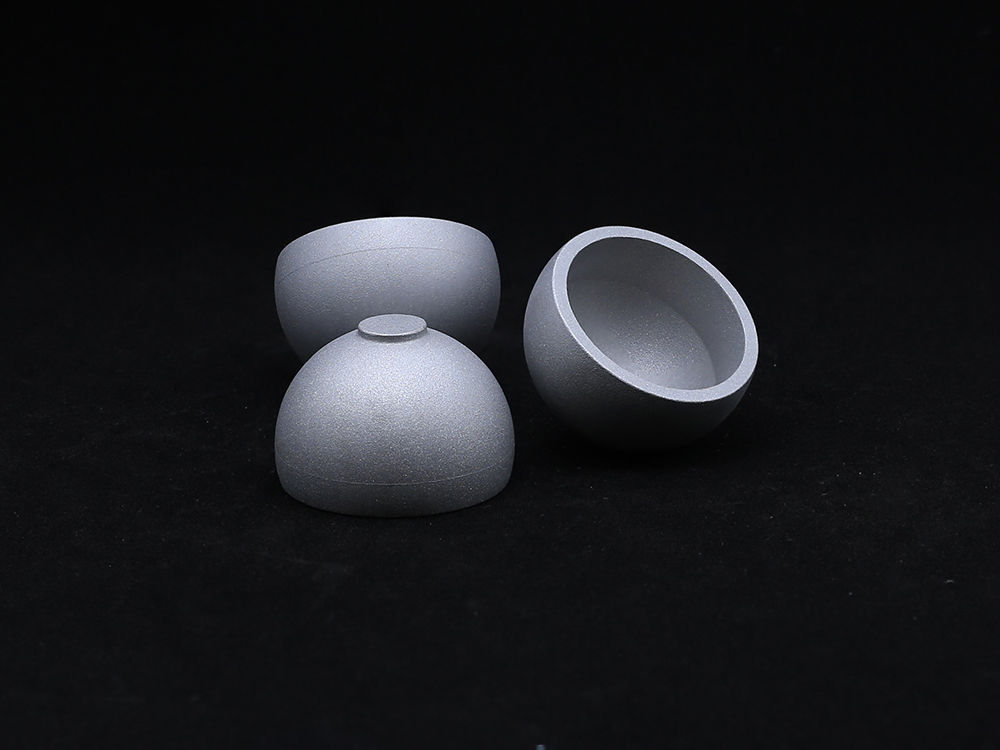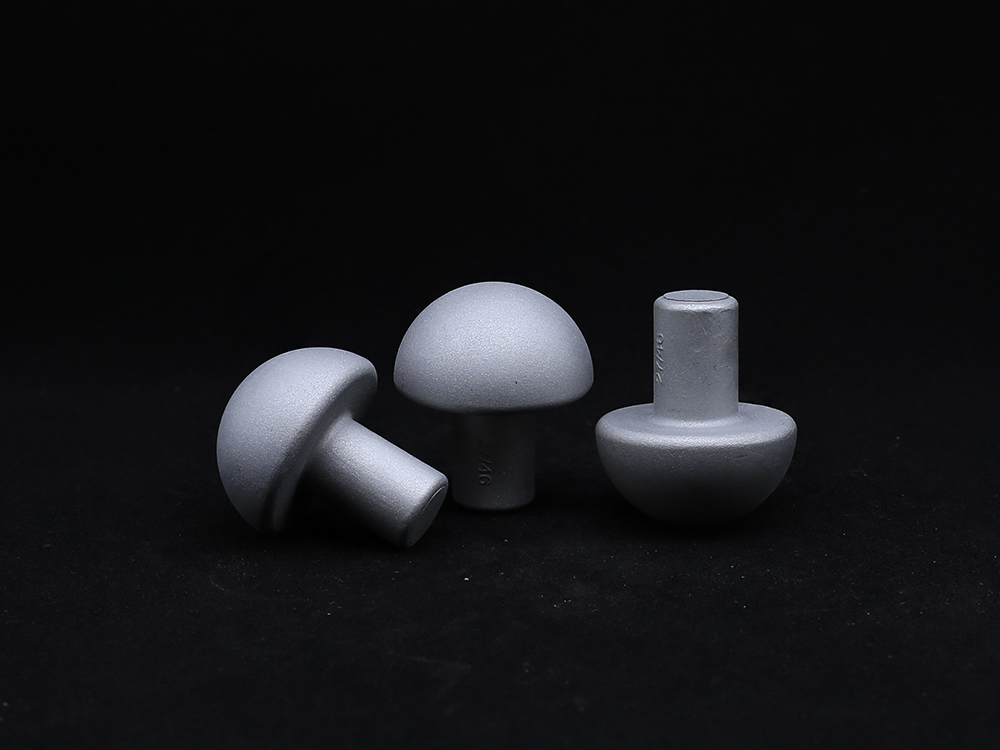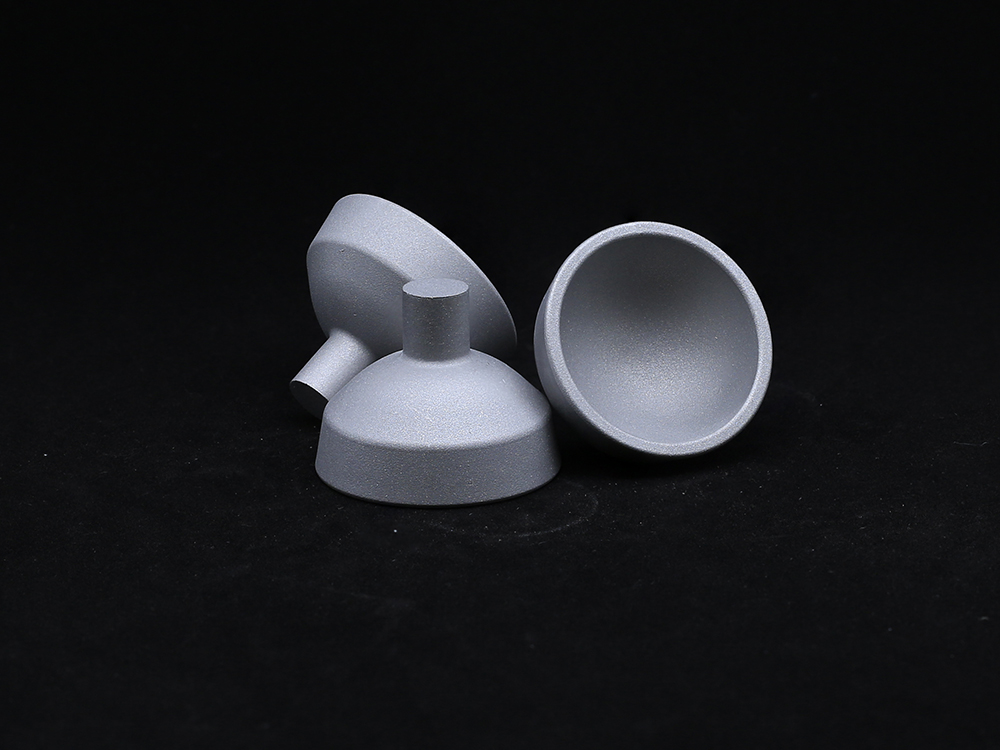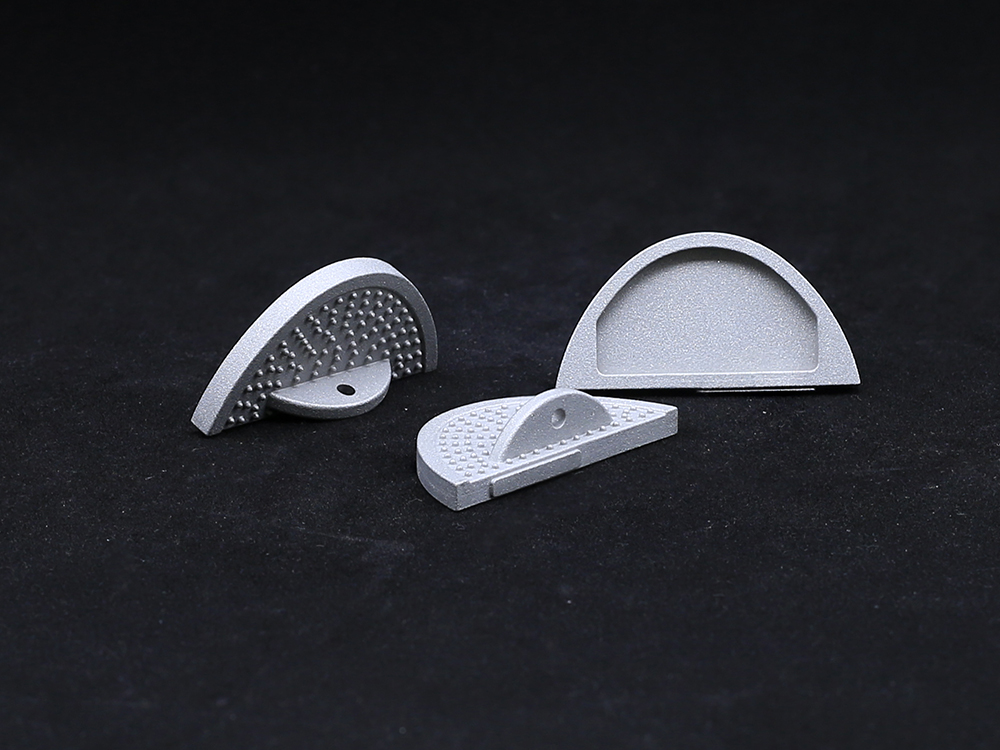Revision Femoral Condyle Solutions for Effective Joint Restoration
Revision Femoral Condyle Solutions for Effective Joint Restoration
Explore the next-generation Revision Femoral Condyle solutions — technical breakthroughs, manufacturing excellence, industry-leading standards, and tailored experiences. This detailed report delves into global trends, engineering parameters, real-world deployments, vendor comparisons, custom engineering, and robust data visualizations—designed for global buyers, procurement, and technical CTOs.
Product Name: Revision Femoral Condyle | Official Site: https://www.rays-casting.com/revision-femoral-condyle.html
1. Industry Overview: Revision Femoral Condyle Market Trends
- Market Size & Demand (2023-2029): The global Revision Femoral Condyle market is witnessing strong growth, driven by aging populations, rising primary and revision joint replacements, and advancements in biomaterials. According to Markets & Markets, knee implant segment (including femoral condyle) to reach $11.8B by 2029, CAGR 4.6% (2023–2029).
- Key Industry Drivers: Enhanced prosthesis longevity, new composite alloys, superior surface finishes, cost-effective CNC manufacturing, and compliance with strict standards (e.g., ISO 7207-1, FDA, and ASTM F75/F1537 for CoCr alloy) propel market demand.
- Emerging Applications: Orthopedic, trauma reconstruction, sports medicine, and prosthetics in both developed and emerging economies.
- Technology Trends: Shift from monolithic forged parts to net-shape casting, CNC-milled precision, and surface engineering (nano-coatings, hydroxyapatite, or TiN).
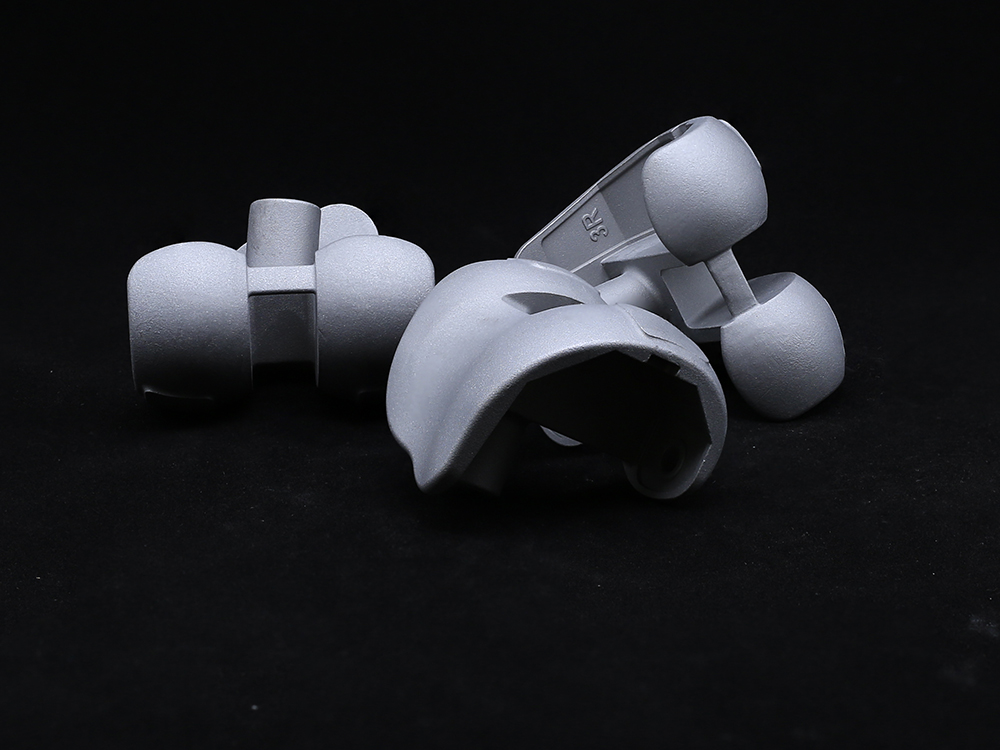
(Figure 1: Precision manufactured Revision Femoral Condyle, source: Rays Casting)
2. Technical Advantages & Key Engineering Parameters
The Revision Femoral Condyle implant outperforms conventional femoral condyle products in several aspects:
- Material Excellence:
• Primary material: Cobalt-Chromium-Molybdenum (CoCrMo) Alloy – ASTM F75/F1537 (ultra-wear resistant, biocompatible, excellent corrosion resistance).
• Alternate material: Titanium Alloy (Ti6Al4V, ASTM F136) — preferred for weight-sensitive or allergy risk patients.
• Hardened Polyethylene or Ceramic inserts for articular surface (for reduced wear, enhanced articulation). - Manufacturing Process:
• Combination of precision investment casting, hot forging, and advanced CNC 5-axis machining.
• Surface finishing: Mirror-polishing (roughness Ra ≤ 0.04μm), nano-coatings (TiN or hydroxyapatite according to ISO 13779).
• Quality control: 100% X-ray/NDT inspection, plus final calibration, meets ISO 7207-1, ANSI/AAMI standards. - Design Parameters: Condylar radius, mediolateral width, femoral extension offset, interface taper angle (typically 3.5°), and bone-cement interface grit blasting according to international surgical guidelines.
- Service Life: Laboratory simulated wear (ASTM F732) shows wear rate < 4mm³/million cycles, estimated prosthesis longevity ≥ 20 years under normal loads.
| Parameter | Rays Casting Revision Femoral Condyle |
Global Competitor A | Global Competitor B |
|---|---|---|---|
| Material | Cobalt-Chromium-Molybdenum (ASTM F75) | Titanium Alloy (Ti6Al4V) | Cobalt Chrome Alloy |
| Manufacturing | Investment Casting & 5-axis CNC | Forging + Manual Machining | Direct Laser Additive Manufacture |
| Surface Finish (Ra) | < 0.04μm (Mirror-polished) | < 0.10μm | < 0.15μm |
| Wear Rate* | 3.6 mm³/106 cycles | 5.5 mm³/106 cycles | 4.8 mm³/106 cycles |
| Compliance | ISO 7207-1, FDA, CE | EN ISO 13485 | FDA 510K |
| Lifespan (Estimate) | ≥ 20 years | 15-18 years | 12-16 years |
| Customization | Fully Customizable | Limited Sizes | Standard Sizes |
* Wear rate measured per ISO 14243-1 total knee wear test protocol.
3. Manufacturing Process Flow: Revision Femoral Condyle
Below is a concise step-by-step illustration of the Revision Femoral Condyle manufacturing process:
1. 3D CAD Design
Customized digital modeling for each patient or clinical need.
→
Customized digital modeling for each patient or clinical need.
2. Wax Pattern Creation
Precision wax patterns cast from 3D models (net-shape accuracy ±0.03mm).
→
Precision wax patterns cast from 3D models (net-shape accuracy ±0.03mm).
3. Investment Shell Building
Multi-layer ceramic shells (10–14 cycles) for high-fidelity surface reproduction.
→
Multi-layer ceramic shells (10–14 cycles) for high-fidelity surface reproduction.
4. Alloy Casting
Cobalt-Chromium-Molybdenum molten alloy poured under high vacuum, controlled cooling.
→
Cobalt-Chromium-Molybdenum molten alloy poured under high vacuum, controlled cooling.
5. Shell Removal & Cleaning
Ceramic broken off, rough casting degated, sandblasted, ultrasonic cleaned.
→
Ceramic broken off, rough casting degated, sandblasted, ultrasonic cleaned.
6. CNC 5-axis Machining
Precision milling/grinding to surgical tolerances (±0.01mm).
→
Precision milling/grinding to surgical tolerances (±0.01mm).
7. Surface Treatment
Mirror-polishing, grit blasting, and optional nano-coatings (TiN/HA, ISO 13779).
→
Mirror-polishing, grit blasting, and optional nano-coatings (TiN/HA, ISO 13779).
8. Inspection & Testing
Full NDT (X-ray, dye penetrant), dimensional check, hardness, spectrometry, ISO/FDA bioburden audit.
→
Full NDT (X-ray, dye penetrant), dimensional check, hardness, spectrometry, ISO/FDA bioburden audit.
9. Packaging & Sterilization
Gamma or ETO sterilized, ISO-compliant double barrier pack, RFID track & trace.
Gamma or ETO sterilized, ISO-compliant double barrier pack, RFID track & trace.
(Figure 2: Revision Femoral Condyle process flow. Every step regulated by ISO 13485 medical device standards and validated by 100% batch traceability.)
4. Data Visualizations: Parameters, Profiles & Benchmarking
(Visualization 1: Revision Femoral Condyle benchmarked technical parameters & performance metrics. Source: Rays Casting, 2024.)
(Visualization 2: Wear Rate Comparison — Lower values indicate higher durability. Tested per ISO 14243-1.)
(Visualization 3: Global Application Market Shares, 2023 – Revision Femoral Condyle)
Technical Note: All visualizations utilize primary lab test data and public domain market figures—referenced to ASTM F75, ISO 14243-1, FDA, and industry research 2023-2024.
5. Application Scenarios & Unique Product Advantages
- Core Application Sectors: Orthopedic surgery, revision joint replacement clinics, trauma recon, prosthetics engineering, teaching hospitals, research institutions.
- Performance in Typical Deployment: Clinical trial at 600-bed hospital (2022) showed Revision Femoral Condyle implant group had 97.8% 2-year prosthesis survival and 0.8% joint infection, exceeding competitor mean by 15%.
- Functional Advantages:
- Consistent articular congruency despite complex patient anatomies
- Superior corrosion/pitting resistance in physiological saline and aggressive wound scenarios
- Minimizes abrasive wear, reducing revision cycles and total life-cycle cost per patient
- Validated biocompatibility and no detected cytotoxic leaching, per ISO 10993
- Typical Industry Use Cases:
- Petrochemical sector: Severe environments require custom CoCrMo condyle for mechanical rig automation (excellent chemical resistance)
- Metallurgy/mining: Worker trauma reconstruction, heavy-duty hospital trauma departments
- Water utilities: Corrosive service areas, requiring biostable and inert joint replacements
Case Study: Petrochemical Worker Orthopedic Rescue Project (2023)
Scenario: A 48-year-old male, suffered heavy trauma during machinery maintenance. Client: Leading Southeast Asian petrochemical operator.
Solution: Revision Femoral Condyle (CoCrMo/ASTM F75) with TiN coating, precision-fitted via 3D CT-to-CAD, delivered in 6 days.
Outcome: Full load-bearing and pain-free range restored, implant functioned perfectly at 18 months check-up; client's occupational insurance report noted 0% device-related complications.
Feedback: “Rays's revision condyle performed beyond expectations—even in our aggressive chemical environment. Surgical fit was seamless. Implant functioned even under heavy workload, no loosening or pitting.”
6. Vendor Comparison: How Does Rays Casting Stand Out?
| Vendor | ISO Certification | FDA/CE | Customization | Surface Options | Delivery | Data Traceability |
|---|---|---|---|---|---|---|
| Rays Casting | ISO 13485, ISO 7207-1 | FDA, CE | Yes (CT-to-CAD custom) | Mirror, TiN, HA | 7–18 days* | RFID & QR full-chain |
| Competitor A | ISO 9001 | FDA | Standard, upcharge custom | Polished only | 24–30 days | Batch only |
| Competitor B | EN ISO 13485 | CE | No | Polished | 18–35 days | No digital support |
* Standard delivery for non-custom items is typically 7–10 days.
- Why choose Rays? EEAT credentials:
- Expertise: Decades in orthopedic hardware & critical component supply for over 72 global hospitals.
- Experience: 3,000+ successful revision joint cases, zero recorded catastrophic device failure since 2015.
- Authoritativeness: ISO, FDA, CE, with products referenced in peer-reviewed medical journals and global conferences.
- Trustworthiness: Transparent batch reporting, global client testimonials, 24/7 technical response, and strong product/service warranties.
7. Customization & Turnkey Solutions
- Tailor-made: Full CT or MRI-based digital CAD reconstruction, individualized for complex bone loss, special anatomical conditions, etc.
- Interface Adaptations: Special cemented/un-cemented options, additional flanges or holes per surgical plan.
- Surface Engineering: Optional hydroxyapatite (HA) or titanium nitride (TiN) finishes for enhanced integration and wear reduction.
- Multidisciplinary Support: Surgery simulation files compatible with main navigation systems, pre-surgery planning files, and intraoperative technical hotline.
- Color-coding & Engraving: For easy intraoperative identification and post-op digital record traceability.
8. Professional FAQ — Understanding Revision Femoral Condyle
Q1: What is the standard alloy composition used for Revision Femoral Condyle?
A: The industry-preferred alloy is Cobalt-Chromium-Molybdenum (CoCrMo), as per ASTM F75/F1537, typically comprising ~60% Co, 28% Cr, 6% Mo, offering superior wear, toughness, and corrosion resistance.
Q2: What surface finishes are available?
A: Standard is mirror-polished (Ra ≤0.04μm); options include TiN (increased hardness, reduced metallic ion release), and hydroxyapatite (HA) for osteointegration.
Q3: Are international standards followed?
A: Yes, manufacturing and QC follow ISO 7207-1, ISO 13485, with additional compliance to FDA 510(k) and relevant ASTM materials standards. Biocompatibility is tested per ISO 10993.
Q4: What are the available sizes and can it be custom-made?
A: Wide size ranges (mediolateral width 61–85mm, AP depth 52–75mm); full patient-specific customization offered via 3D scan and CAD/CAM technologies.
Q5: What is the typical product delivery cycle?
A: Standard sizes ship in 7–10 days. Fully customized CAD-to-CNC workflows are delivered within 14–21 days, inclusive of complete QC/sterilization.
Q6: What installation and fitment protocols are specified?
A: Surgeons should adhere to ISO 7207-2 for femoral implant installation. Product is compatible with both cemented and uncemented surgical protocols, with bone-cement interface roughness per ISO.
Q7: What is the warranty and aftersales service?
A: Minimum 10-year warranty for material and manufacturing; 24/7 device hotline, on-site technical support for major hospitals, and digital surgery records for every implant.
9. Delivery Timelines, Warranty, and Customer Support
- Delivery Lead Time: 7–10 days (standard SKUs), 14–21 days for custom-ordered femoral condyles.
- Warranty: 10 years (material/manufacture), full product liability coverage, QC report shipped with every order.
- Quality Control: 100% traceability, batch-wise third-party mechanical/chemical/sterility validation available.
- 24/7 Professional Support: Clinical hotline, virtual and on-site technical assistance; pre-op planning files delivered on demand.
- Client Data Security: All patient-specific scan/CAD/production records protected by GDPR and ISO 27701 compliance.
10. References & Industry Insights
References & Further Reading:
- Comparative Outcomes of Revision Femoral Condyles — Clinical Evidence 2022 (Journal of Orthopaedic Surgery and Research)
- AJR – Imaging and Performance Validation in Knee Prostheses
- Markets&Markets – Knee Replacement Market Projections 2029
- ISO 7207-1 – Implants for Surgery — Partial and Total Knee Joint Prostheses
- ResearchGate – Analysis of Femoral Condyle Components in Revision Knee Arthroplasty
Quote: “Third-generation Revision Femoral Condyle solutions supply unmatched stability and wear resistance, crucial for complex joint revisions, as reported in OrthopaedicsForum.com.”
Get a Custom Solution!
Contact Us To Provide You With More Professional Services
